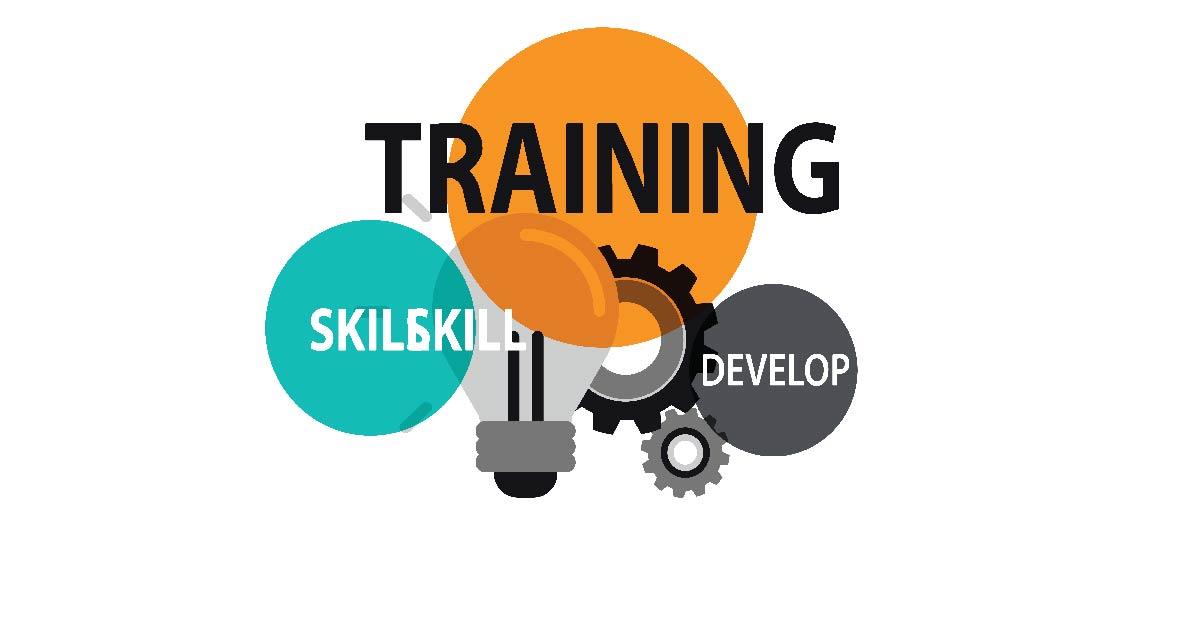Contents
OM (Operations Management) is a branch of business management. It focuses on cost and quality in order to beat competition in business. It is very important to learn this branch and explore its scopes during college. You can ask for help from a qualified professional if you are stuck in one of your assignments.
OM
Operations Management is the subject that is taught in business management courses. It deals with the efficient use of resources to achieve maximum productivity. There are several important concepts that make up this subject. If you are a student and need help with operations management homework, then you should contact a professional Essay for all. They will explain the concepts and provide easy-to-understand solutions for your assignments.
Operations management includes the management of people and systems. This is a critical part of an operation, as it involves teamwork and collaboration. Managing materials is also a key aspect of operations. It involves controlling, handling, and distribution of materials. As the cost of materials can account for more than half of the total cost of production, effective materials management is a necessity.
When it comes to completing operations management homework & answers, students should evaluate their assignment and determine the specific requirements. This way, they will ensure that the assignment is relevant to their studies. For example, students should focus on resource management, inventory management, and facility location. In addition to understanding these areas, they should learn about the supply chain and how these areas affect the product and service they produce.
Strategic management
The process of strategic management involves formulating and implementing a plan that guides an organization. It outlines the objectives and the methods for achieving them. In contrast, operations management focuses on day-to-day activities. Managers in this type of organization are concerned with budgets, scheduling, staffing levels, and inventory. They also have to make sure the organization is running smoothly. The two areas of strategic management require different skills and approaches.
Students studying strategic management need to conduct in-depth research on the topic. It is not enough to just consult the textbook or search for project ideas online. In order to understand and apply strategic management effectively, students must understand the concepts, principles, and strategies related to it. A strategy is not simply a plan to make a company more profitable; it must also be relevant to the business’s goals.
Strategic management is a growing industry, and it can be extremely beneficial for businesses. It can help them achieve organic growth. Therefore, many students are interested in earning a degree in strategic management. However, despite its importance, many students have a difficult time understanding the complex concepts and methods. The resulting assignments can be very difficult to write. To overcome this challenge, students should consider seeking help from assignment writing services.
Inventory
Inventory management refers to the process of managing the stock of goods, commodities, and economic resources. It helps organizations control their costs while meeting the needs of customers. There are two types of inventories: direct and indirect. Direct inventories include raw materials and work-in-progress goods, while indirect inventories include other goods such as lubricants, grease, oils, stationery, and other materials.
Inventory management is important for any type of business. It involves planning and controlling the quantity and quality of stock and goods. It involves both manual and automatic inventory management techniques. It also involves tracking material movements into stockrooms and reconciling inventory balances. Some systems also have features such as ABC analysis and cycle counting support.
Regardless of industry, all companies engage in production or sale of goods have some sort of inventory. While this stock is not necessarily ready for immediate sale, it is held for future sale or processing. A company’s inventory is the equivalent of its working capital. It can be used for speculative purposes or to provide service. In addition to these practical functions, inventory represents a significant cost. Therefore, businesses spend considerable time calculating the optimal inventory level.
Inventory management
In the course of operations management, inventory management is an essential skill. This is because inventory optimization is critical to cost control in the supply chain. When analyzing inventory, it is important to consider the items that cost the most and focus on reducing those costs. To do this, companies usually use the “ABC approach”: They rank items on an A-to-C scale and work towards making the most efficient use of inventory and resources.
Inventory management helps businesses analyze their financial standing, identify business opportunities, and determine future trends. This process helps managers manage a company’s stock levels, allowing them to see the status of each department at a glance. It also enables managers to track the supply and demand of raw materials, parts, and finished goods.
There are 12 types of inventory: raw materials, work-in-progress (WIP), finished goods, safety stock, and transit inventory. A computerized inventory record will make it possible to compare current inventory levels with previous ones. A manual inventory, on the other hand, requires someone to manually record and compare the current inventory to the previous inventory record.
Inventory control
Inventory control is a key aspect of operations management. It is a crucial part of the value chain and must be well-organized to reduce the losses incurred from pilferage, deterioration and wastage. Proper management of inventory also helps avoid duplication in purchases and ordering. One important way to improve inventory control is to centralize purchasing and cycle count.
It is important to have adequate stock levels to avoid a disruption in production. The chapter on inventory control discusses how to make decisions about the right amount of stock and when to acquire it. This can be done by using appropriate price-analysis, value-analysis, and cost-analysis. Inventory control is also crucial to the management of a business as it helps to ensure that materials are kept at the correct levels.
Inventory control involves managing inventory throughout the supply chain. The process of calculating EOQ involves tracking stocks and managing them as they move through the supply chain. It should be performed regularly, at least once a year. The process is more efficient if computerized, since calculating it manually is time-consuming and prone to human error. The process also involves the calculation of the DIO (days inventory outstanding), which is a measure of the amount of time a company holds inventory. A lower DIO is desirable in most industries, though this depends on the business model and the types of products sold.
Planning
Planning as part of operations management homework requires you to understand the various aspects of management. For example, how to develop a strategic plan, which includes the definition of the goals of the organization and the various components, and how to implement it are all important parts of management. You will also need to understand the five stages of the project lifecycle.
Planning is a critical component of operations management, and it is essential for students to understand its importance in the organization’s daily operations. It is the process of analyzing, designing, coordinating, and monitoring the production processes of an organization. The goal of this process is to meet customer needs efficiently and effectively by utilizing all resources and reducing costs.
Scheduling
One of the things you’ll learn during your operations management homework is the importance of scheduling. The purpose of scheduling is to determine when different activities will be performed. It also provides a framework for decision-making. Specifically, it focuses on when to carry out activities and when to begin a project.
When you first look at your schedule, the first step is to make sure you know what time each activity is expected to complete. To do this, you can use a spreadsheet to help you create the schedule. The spreadsheet contains columns for each activity. You’ll also find the slack times for each activity in column R.
Scheduling can be a complicated process. Although some tasks can be completed at the same time, others must be completed simultaneously. This is why it’s essential to map out the dependencies between tasks. This will help you avoid scheduling bottlenecks and blockage. This is particularly useful in managing remote teams.
Planning cycle
Planning cycles are part of operations management. They are used to organize resources, make decisions, and monitor progress. In the case of a project, they are used to determine whether a project is worth pursuing. If a project is impractical, it may be abandoned. If it’s a practical process, however, it’s important to understand how to implement it.
The Planning Cycle is an eight-step process that combines all aspects of planning a project, whether it’s a large one-time project or a medium-sized one. For example, a business owner may use this method to plan a move from one location to another. They must consider whether the move would be feasible, what factors should be considered when selecting the new location, and how to minimize downtime.
The Planning phase process group develops the project’s infrastructure. This includes the project scope, work breakdown structure, qualitative and quantitative risk analyses, and risk responses. The end result is a thorough roadmap and blueprint for success.



